April 25, 2025 | 10:03 GMT +7
April 25, 2025 | 10:03 GMT +7
Hotline: 0913.378.918
April 25, 2025 | 10:03 GMT +7
Hotline: 0913.378.918
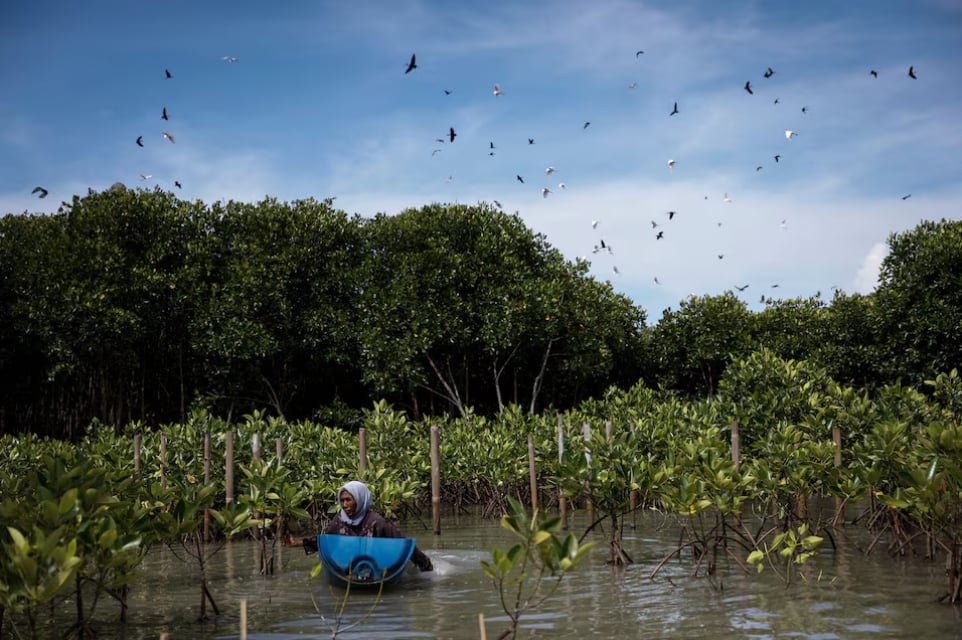
Pasijah rows a makeshift boat crafted from a blue plastic barrel — her only means of reaching the outside world. Photo: Ajeng Dinar Ulfiana.
For more than 20 years, Pasijah, a 55-year-old woman from Rejosari Senik, a small village on the northern coast of Java, Indonesia, has done the same thing every single year, without fail: she plants mangroves. Around 15,000 of them. Not for money. Not to beautify the coastline. Not to sell. But to protect her home. It’s the last one still standing in a place that used to be a thriving village, full of families, homes, and farmland, now swallowed slowly by the sea.
She sits on a small boat, made from old blue plastic barrels tied together, and looks around at the endless water that surrounds her. “At first, the water just touched our feet,” she says calmly. “Then it reached our knees. Then our waists. I knew I had to do something, or my house would be gone like all the others.”
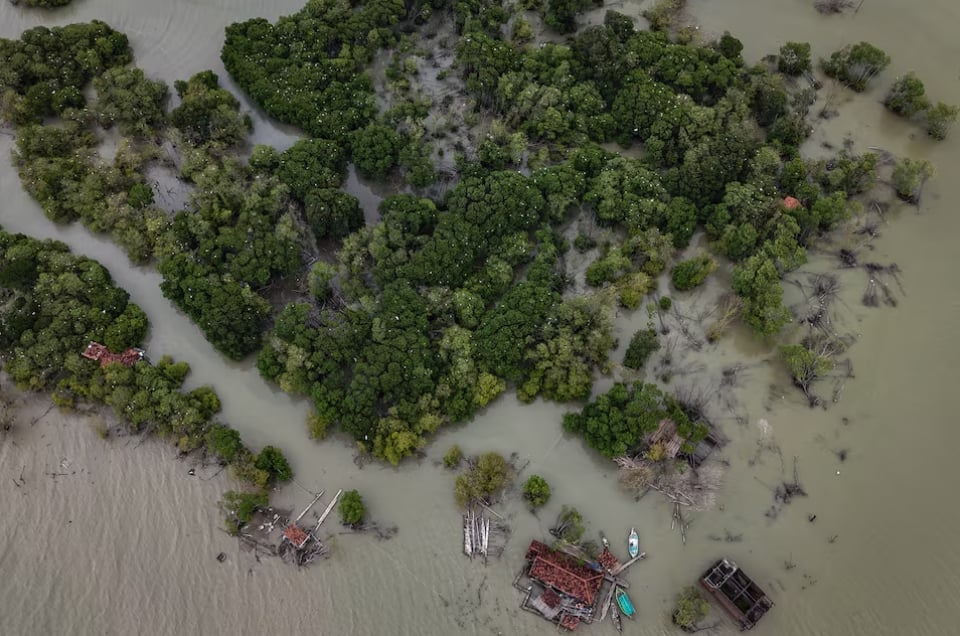
Rising sea levels are having far-reaching impacts, not only reshaping geographical maps but also forcing families to confront life-or-death choices. Photo: Ajeng Dinar Ulfiana.
This isn’t just about her house anymore. It’s about standing up—quietly but firmly—to the very real effects of climate change. Indonesia, comprising over 17,000 islands, is one of the most vulnerable places in the world to rising sea levels, with many low-lying coastal areas already experiencing regular flooding.
The country’s Meteorology, Climatology and Geophysics Agency reports that sea levels have been rising by an average of 4.25 millimeters per year since 1992. It doesn’t sound like much at first, but over decades, it adds up. Some small islands have already disappeared beneath the waves. In coastal cities like Jakarta, the problem worsens even further because the ground itself is sinking—too much groundwater is being pumped out, causing the land to collapse slowly. At the same time, saltwater creeps into farmland, destroying crops and damaging homes and infrastructure.
Rejosari Senik used to have rice fields, vegetable patches, and rows of houses standing close together. It was once a vibrant community. Now, almost all of it is gone. Only Pasijah’s house remains, standing stubbornly amid the water. There’s no electricity anymore, no paved road, no neighbors, and no real way to escape if a strong storm comes. Still, she stays, even as everything around her has changed.
“As long as my trees are growing, I’ll stay here,” she says, looking out at the mangroves she planted with her own hands. The trees form a green barrier, slowly growing stronger each year, helping to hold back the rising sea levels.

Mrs. Pasijah’s story reflects an undeniable reality: climate change is striking directly at the lives of millions of Indonesians. Photo: Ajeng Dinar Ulfiana.
The Indonesian government is currently constructing large concrete sea walls to protect cities and coastal areas from the rising sea levels. One of the largest planned walls is expected to stretch 700 kilometers along vulnerable coastlines. But Pasijah believes in another kind of wall—a living, breathing wall made from trees, rather than steel and stone. She doesn’t have money, machines, or outside help, but she does have her hands, her time, and her deep faith in nature.
Her choice is personal, but it also represents the quiet strength of many others. While some people leave these areas, she stays, fighting in her own peaceful way to hold on to her land, her memories, and her identity. It’s a quiet kind of courage. A strength we often overlook, but one that we should definitely notice.
In other parts of Indonesia, people just like her are doing the same. Farmers, women, and fishing communities are planting trees, attempting to repair damaged land, and learning how to adapt to an environment that is no longer predictable. They don’t always get support or attention, but they continue, driven by necessity and care for their homes.
Pasijah doesn’t see herself as an activist. She doesn’t give speeches. She doesn’t attend protests or join big movements. But every single day, she does something that truly matters. She plants. She waits. She watches the sea—and quietly refuses to let it take everything away.
Translated by Hong Ngoc
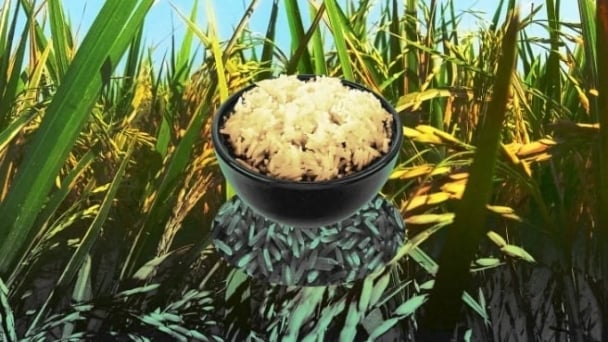
(VAN) Warmer temperatures and more carbon dioxide will boost levels of arsenic, a dangerous heavy metal, according to new research.
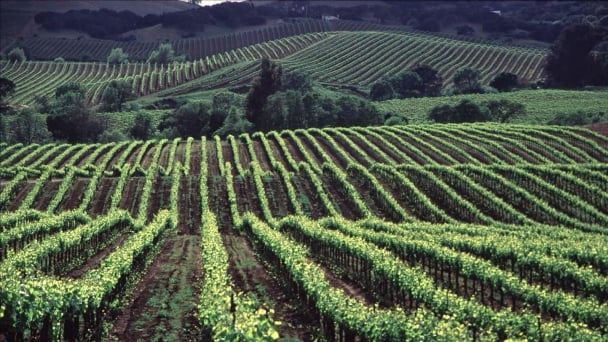
(VAN) California's $59 billion agriculture industry faces serious disruption as the U.S. clashes with China - one of the state's major export markets.
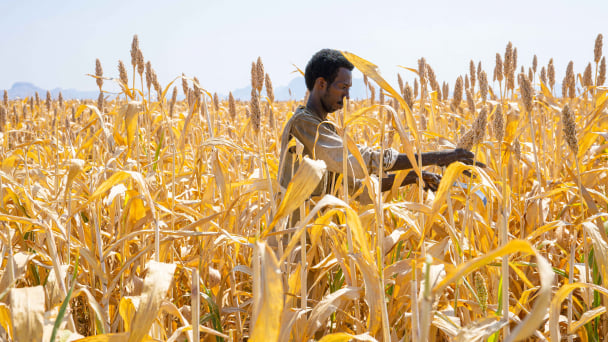
(VAN) Five things you should know about Sudan's food security crisis.

(VAN) 169 lotus seeds selected by the Vietnam Academy of Agricultural Sciences were carried into space by Vietnamese-American astronaut Amanda Nguyen.

(VAN) Tariffs are making life more expensive for John Pihl. He's been farming in Northern Illinois for more than 50 years.
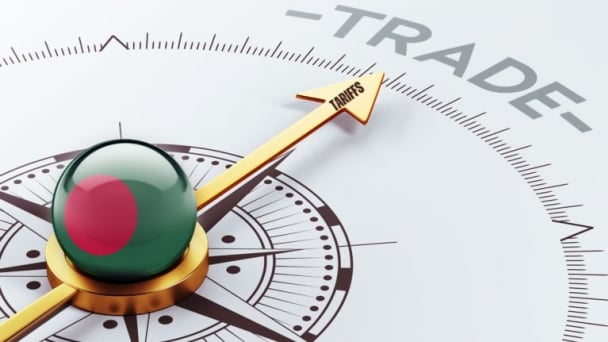
(VAN) European and American farmer organisations are concerned about the import tariffs that the United States introduced on 9 April for products from the European Union. This makes them 20% more expensive.